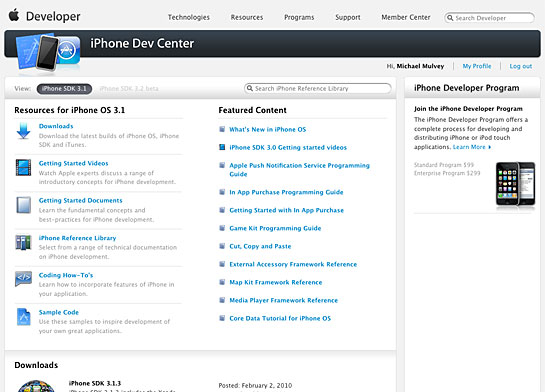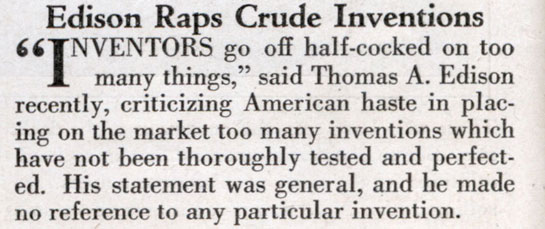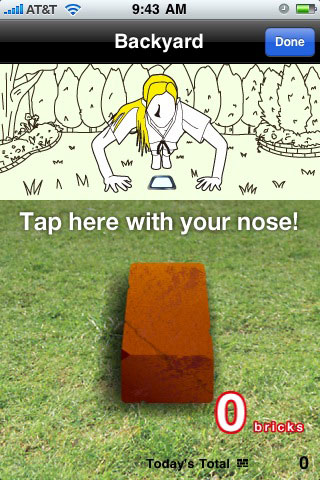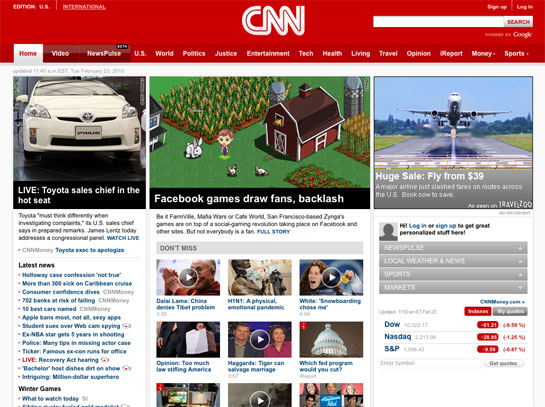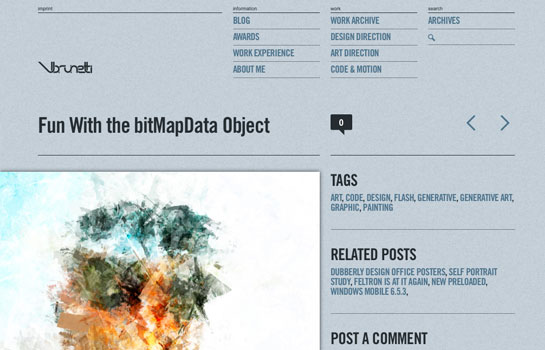I’ve been reading, thinking and talking a lot about the iPhone and iPad and their lack of Adobe Flash. My problem, as always, is that I see both sides of the argument.
The Argument Against Flash
First, I see Jobs’ point of view – Flash is processor hog, buggy and hasn’t been optimized for mobile devices. I also can’t think of one Flash site that would work well when viewed on my iPhone. Youtube helped Apple launch a ‘Flashless’ video application for the iPhone in 2007 so the most popular place for online video was covered from the start.
The other online content not viewable on the iPhone is Flash games, and there are a lot of them. But to that I say native iPhone games are far superior to Flash games. They take advantage of all the native hooks and hardware that Flash games can’t like accelerometers, multi-touch, and OpenGL.
For the past 2 years of owning an iPhone I’ve never had one instance of wishing I had Flash installed. The way I use my iPhone is much different that how I use my MacBook Pro. Obviously Apple has shaped what I view to be a ‘superior’ mobile web experience, but I would argue that even if Flash were installed in Safari from the start, I wouldn’t be trying to view rich, Flash film sites or FWA winners.
The plug-in, a group to which Flash and Java belong, is dead as far as mobile web browsers. Sure, Flash 10.1 is coming to Android, but it’s still not going to be included on the upcoming Windows Phone 7 Series. Flash is actually not on very many mobile units at all (If you want a good laugh, see the amazing non-smart phones that support Flash Lite on Adobe’s site).
What Mikey’s Missing
Now as much as I might not want Flash on my iPhone, I’m also an interactive designer and developer. For the last 11 years, Flash has let me create websites that combine time, sound and motion that ultimately result in an emotional reaction and connection with the viewer. You can’t achieve this with just HTML and CSS (even if you add in JavaScript).
So now that Apple has kneecapped me, making it impossible to create immersive experiences without learning how to use their SDK, what am I do to? The whole beauty of Flash was that it let inexperienced designers create interactive animations, interfaces and applications without having to get a PhD in computer science.
Enter the Adobe Phone
This is the logical next step for Adobe. Over the years, they’ve gradually been giving Flash more and more robust functionality, expanding out from the mere animation realm and into the world of 3-D environments and applications (through Flex and AIR)
Why would Apple ever in their right mind allow Adobe onto their iPhone and continue on this trajectory?
Adobe wants people to continue to make Flash applications and Flash games and be able to deliver them via the web to as many people as possible – and they should, but if they want to see this dream become a reality, they’re going to need to build their own phone.
Over 28 years later, The words of Alan Kay are ringing more true than ever:
Remember, it’s all software, it just depends on when you crystallize it …People who are really serious about software should make their own hardware.
—Alan Kay, Creative Think (computer industry seminar), 1982
We’re seeing this with all the major mobile players now – even Microsoft is cracking down on how customizable their new mobile OS is, and how particular the hardware requirements are.
I don’t know about you, but I can picture the Adobe Phone. It’s a phone that lets Flash have complete access to all levels of the unit, runs smooth, fast and doesn’t drain resources because it has no longer been relegated to a mere plug-in.
The Adobe Phone would also let interactive designers like me design, test and deploy our creations without application submissions and approval processes. I’ve been doing it for years on my own as a web designer with an FTP program and web browser. It shouldn’t be any different for mobile phones.
Apple has proven when you build a great platform, great things are possible from the community that adopts it. Adobe should know this first hand from the millions of people who create amazing games, applications and experiences with Flash – why not leverage that community on their own phone with their own platform?
The solution to the problem lies within the problem itself. Adobe, you don’t need the iPhone or the iPad to be a success. Make your own platform. Make your own phone. It could really be awesome.
